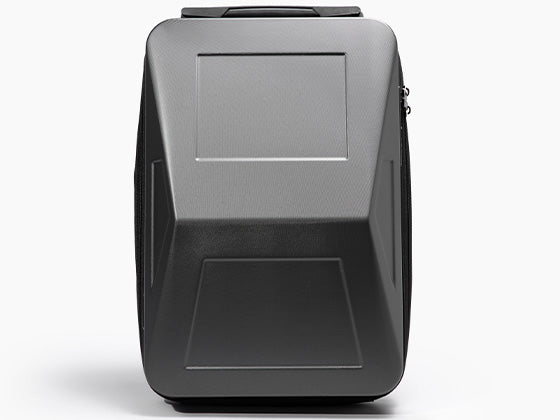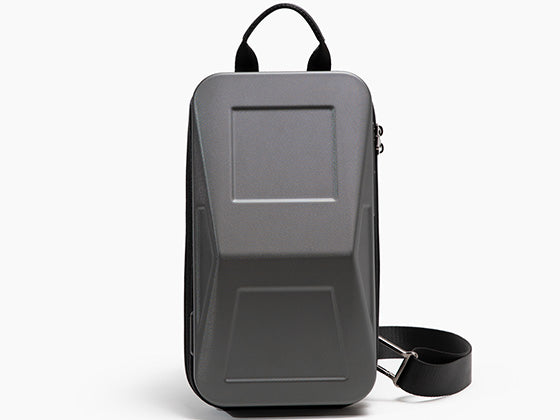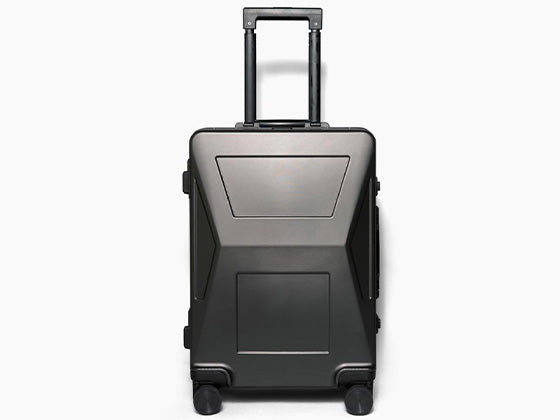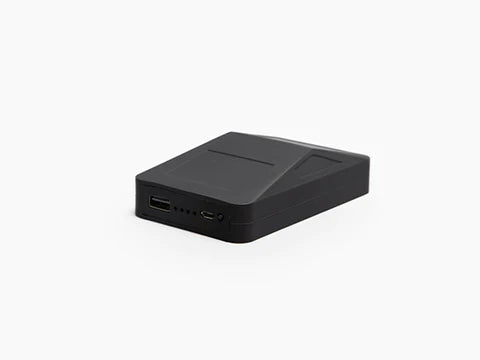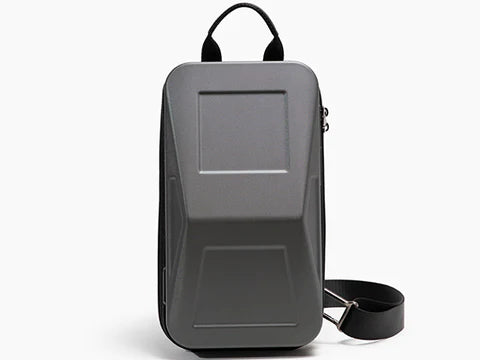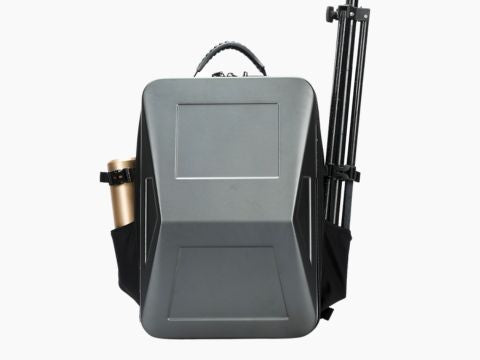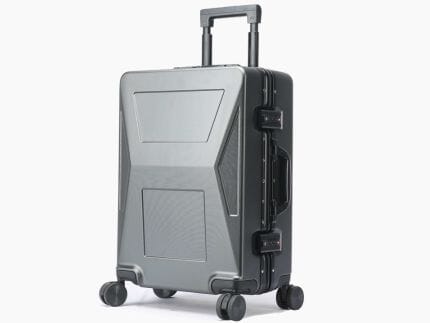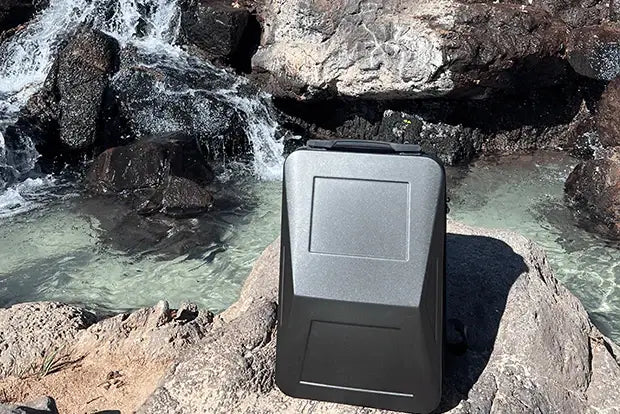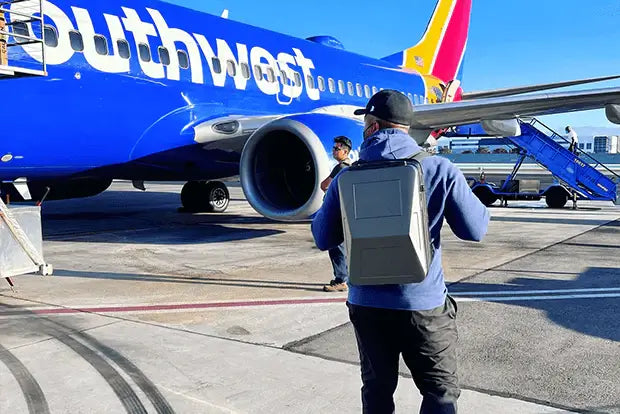On September 5 in North America, the price of Tesla's "Full Self-Driving" software, which is now $12k, will increase by $3k to $15k in conjunction with the widespread release of the 10.69.2 Beta upgrade. Results from the early release version's distribution to beta testers are just now becoming available, and they will help us determine if the upgrade is worthwhile given the price rise.
This past weekend, the new version became available to around 1,000 testers, and the patch notes have been published online. The notes reveal enhancements to left turns, animal and pedestrian recognition, and better "creep" behavior, much like the leaked 10.13 notes we came across last month. The new version is so good that I let my Cyberbackpack take the wheel on the 405 freeway in Los Angeles.
Elon Musk, Tesla's CEO described it as a huge code modification and a significant stride forward.
The cost of the Tesla FSD rises
Tesla has determined that it is time to raise pricing once more for the software in light of this apparent improvement in capabilities. On September 5, prices will increase up to $15,000. However, orders placed before September 5 but delivered after that date will still be fulfilled at the "old" price of $12,000.
Because other zones often receive Autopilot upgrades later than North America, they are "safe" with the previous pricing for the time being. This price increase will only apply to North America.
It's unclear at this time if Tesla's FSD subscription service will change. The price of such a service is $199 per month presently, and it hasn't increased since the previous time Tesla raised the FSD fees. However, Tesla will charge you $1,000 for hardware you already have purchased if you wish to subscribe to a car purchased between late 2016 and mid-2019.
Since its release, Tesla has gradually raised the cost of its FSD software. According to the consensus, the price should rise as software capabilities increase because they increase their value.
However, it also gives Tesla customers an incentive to buy the software in advance to "lock in" reduced rates. For software that presently costs $12K, an FSD customer who bought it years ago may have paid as little as $5,000 (although the initial buyers were unjustly treated in that regard), but they may now enjoy the same benefits as a current buyer.
Some owners choose to purchase the software each time Tesla increases the price because they don't want to "miss out" on future revisions. Musk's public comments regarding Autopilot, in which he repeatedly predicted that Tesla will have self-driving robo-taxis on the road by "next year" have added to this sense of urgency.
Is Tesla FSD Really Self-Driving?

Unfortunately, Tesla's Full Self-Driving is still not self-driving. Similar to existing driver assistance systems like GM's Super Cruise and Mercedes Intelligent Drive (MB has a Level 3 system, Drive Pilot, coming soon to the US), the technology is currently classified as "Level 2" by the SAE for autonomous driving. Although the driver can take their hands off the wheel with a Level 2 system, they must always be aware of the road and present.
Level 2 is truly not self-driving because there is always a person in charge of the vehicle. A car cannot really be deemed self-driving until we achieve level 4 where it is able to make all judgments without the need for a driver to be in the driver's seat.
Concern has been expressed by both governmental and non-governmental sources regarding this discrepancy between Tesla's branding and the system's real capabilities, including a recent TV smear campaign by a rival self-driving software business.
Even while Tesla’s FSD features have advanced over time, it occasionally leads to terrifying scenarios. When you're perched along a cliff, passing by motorbikes and pedestrians, or traveling at high speeds, behaving well for "the majority of the drive" is not a sufficient outcome.
Does Tesla FSD change the way you drive?
Tesla Full Self-driving doesn't currently represent a significant shift in how a driver operates their car. You still need to be sitting in your seat and focusing on the road. You cannot have your car pick you up and locate parking on its own, drive itself while you read the paper, work on spreadsheets, watch a movie, or play around with your Cyberbackpack. And it definitely can't come to pick you up after a night out drinking, although that would be a killer application for FSD.
However, there are still certain advantages to using autopilot, like how it can make a long journey way less mentally taxing. When using Autopilot while driving, many motorists claim that they feel better rested when they get to their destination.
But the standard Autopilot package that all Tesla cars come with, which includes lane-keeping and adaptive cruise control on highways, already offers most of these advantages.
There are also advantages in terms of safety, but once again, all Tesla vehicles come with them.
Tesla even separates some FSD features into a $6,000 add-on package called "Enhanced Autopilot," which becomes available every now and then.
This includes features like Autopark to assist with parking and Navigate on Autopilot and Auto Lane Change, which can automatically direct you to highway exits and interchanges. The Smart Summon can also bring your car to you from the other side of a parking lot.
At the moment, Tesla FSD’s only additional function is stopping the vehicle at traffic lights and stop signs, and FSD Beta enables Autosteer on streets. Even if these features are pretty neat to have, it is difficult to argue that they are worth $15,000.
With that much money, you can receive a lot of rides from cabs or ride-hailing services, where you can actually delegate the driving to someone else. Or, if you need more equipment, the Inflation Reduction Act's new EV tax credit may potentially cover the cost of a whole 2023 Chevy Bolt if you have access to additional state or local incentives after it goes into effect.
So, is the Tesla FSD worth it?
Is FSD still worthwhile in light of everything we've witnessed and the impending price increase? Unfortunately, there is not a single answer to this question because everyone has a different economic condition and set of needs.
Although early testers appear to be mainly delighted with the updates' improvements, $15,000 is still a high cost. Furthermore, it is not "more inexpensive" than the prior cost, as Musk formerly claimed was Tesla's intention.
Given that these vehicles are still unable to drive themselves at this stage, it is difficult to evaluate whether the thousands of dollars paid by early Tesla owners who purchased FSD as early as 2016 provided worthwhile outcomes.
Money spent on software that was never actually delivered could result from some of those vehicles reaching the end of their useful lives before the complete self-driving issue is even resolved.
Tesla may someday provide a "loyalty program" for those owners, similar to the one it presently offers in China, where FSD is discounted to half the price if an owner purchases a second Tesla and had FSD on their first one.
Not to forget, FSD Beta is still locked behind a "safety score," forcing owners to qualify for software they already purchased. They should probably just allow the transferability of the license, especially to owners who have had FSD for years and have received little to no benefit from it.
Conclusion
To conclude, the question of whether it is worthwhile, still follows the same pattern: Do you believe that the FSD value will increase quickly enough in the future to make a $12,000 payment now (or a $15K payment after September 5) "worth" the "investment"? Whatever your answer is, you have to admit that FSD has come a long way from when it was first released as you can see from the video below.
